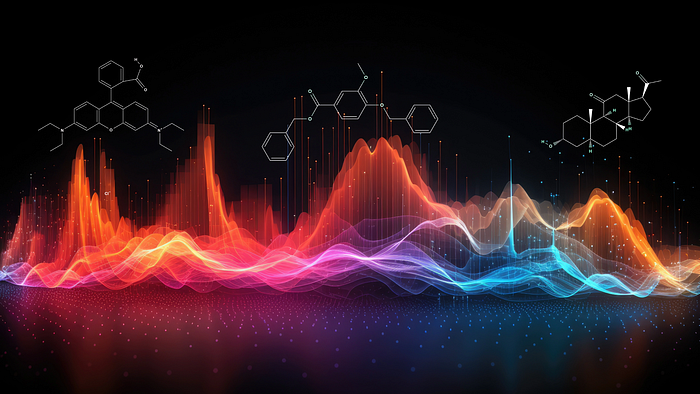
Machine Learning in Chemistry
Author(s): Tony Flores
Originally published on Towards AI.

Image adapted from Adobe Stock
Machine learning is becoming a significant tool in the field of chemistry, providing new opportunities in various areas such as drug discovery and materials science. Machine learning algorithms, especially neural networks, are effective at identifying complex patterns in chemical data, which can lead to new insights and speed up processes that were previously dependent on traditional, more time-consuming methods. As we examine the impact of machine learning on chemistry, we will look at its uses, and how it not only simplifies regular tasks but also leads to advancements in understanding molecular complexities.
Recently, the combination of machine learning and chemistry has made significant progress. Researchers are using advanced models like CNNs and RNNs for tasks such as creating new drugs, predicting toxicology, and modeling quantitative structure-activity relationships. The pursuit of models that are interpretable and explainable is becoming more important, giving scientists a better understanding of why predictions are made. Additionally, the use of multi-modal data and the development of transfer learning techniques are expanding what can be achieved in predicting material properties and optimizing synthesis planning. These recent trends highlight the growing collaboration between machine learning and chemistry, pushing scientific research into new areas and influencing… Read the full blog for free on Medium.
Join thousands of data leaders on the AI newsletter. Join over 80,000 subscribers and keep up to date with the latest developments in AI. From research to projects and ideas. If you are building an AI startup, an AI-related product, or a service, we invite you to consider becoming a sponsor.
Published via Towards AI
Take our 90+ lesson From Beginner to Advanced LLM Developer Certification: From choosing a project to deploying a working product this is the most comprehensive and practical LLM course out there!
Towards AI has published Building LLMs for Production—our 470+ page guide to mastering LLMs with practical projects and expert insights!

Discover Your Dream AI Career at Towards AI Jobs
Towards AI has built a jobs board tailored specifically to Machine Learning and Data Science Jobs and Skills. Our software searches for live AI jobs each hour, labels and categorises them and makes them easily searchable. Explore over 40,000 live jobs today with Towards AI Jobs!
Note: Content contains the views of the contributing authors and not Towards AI.














